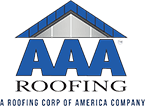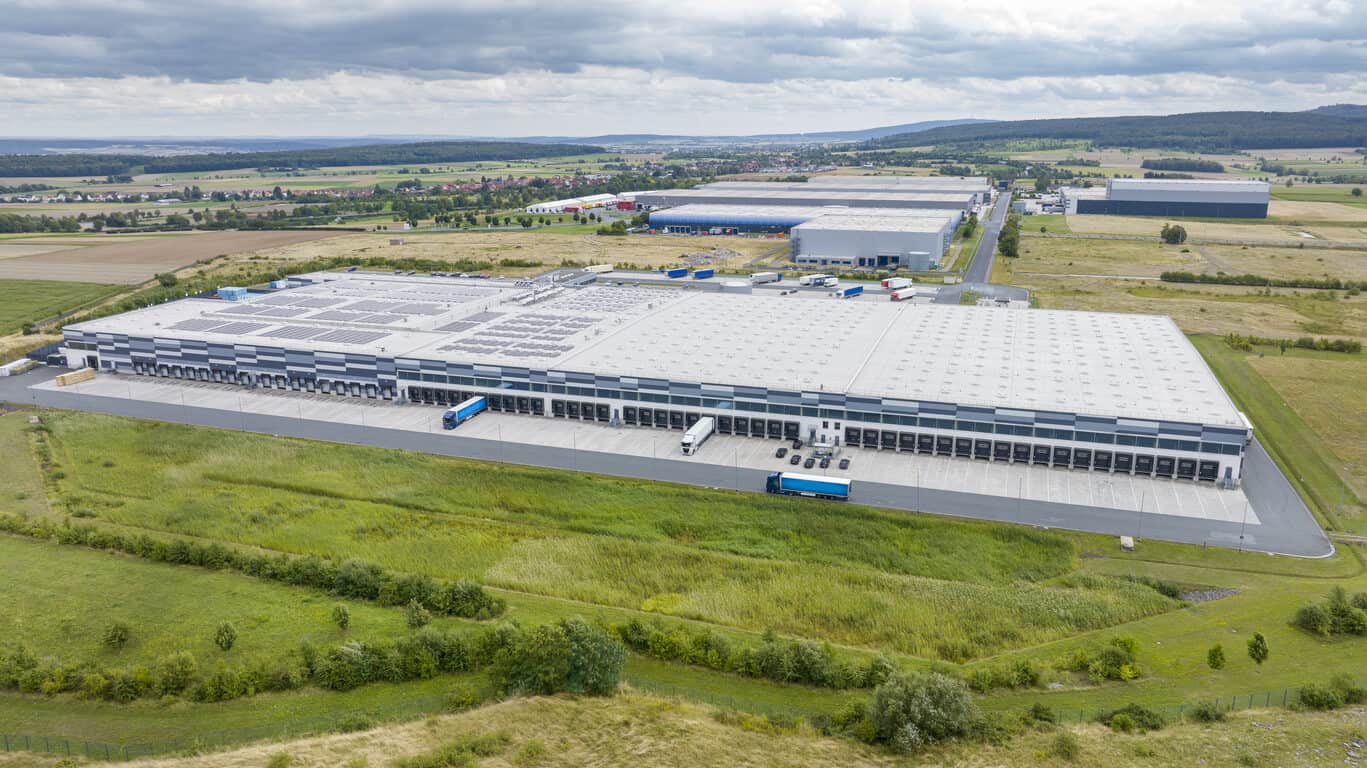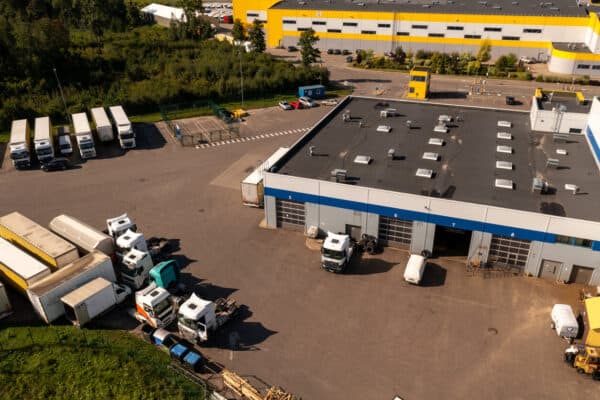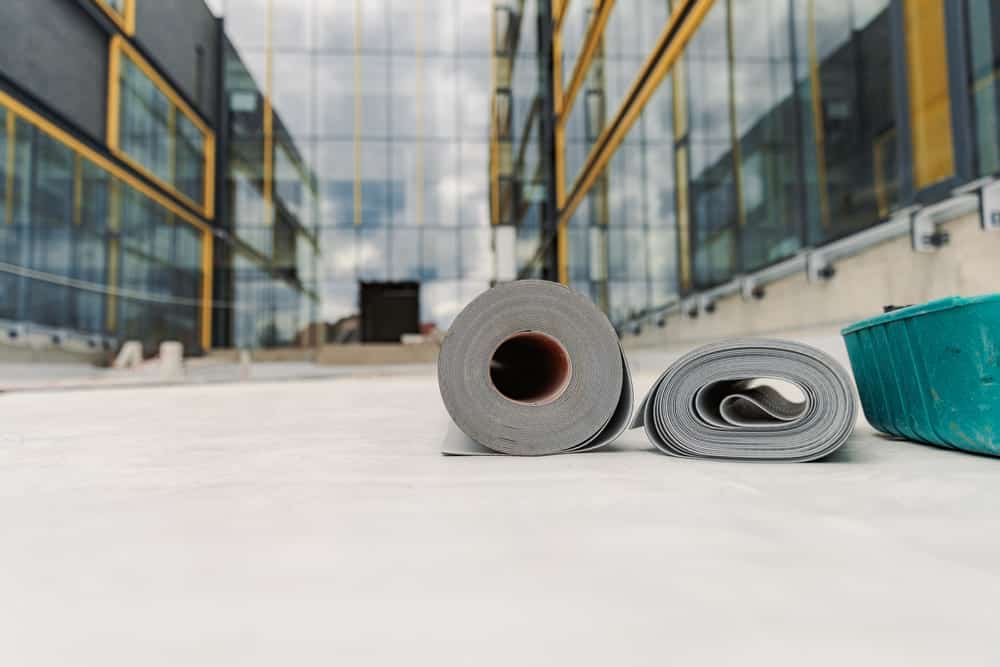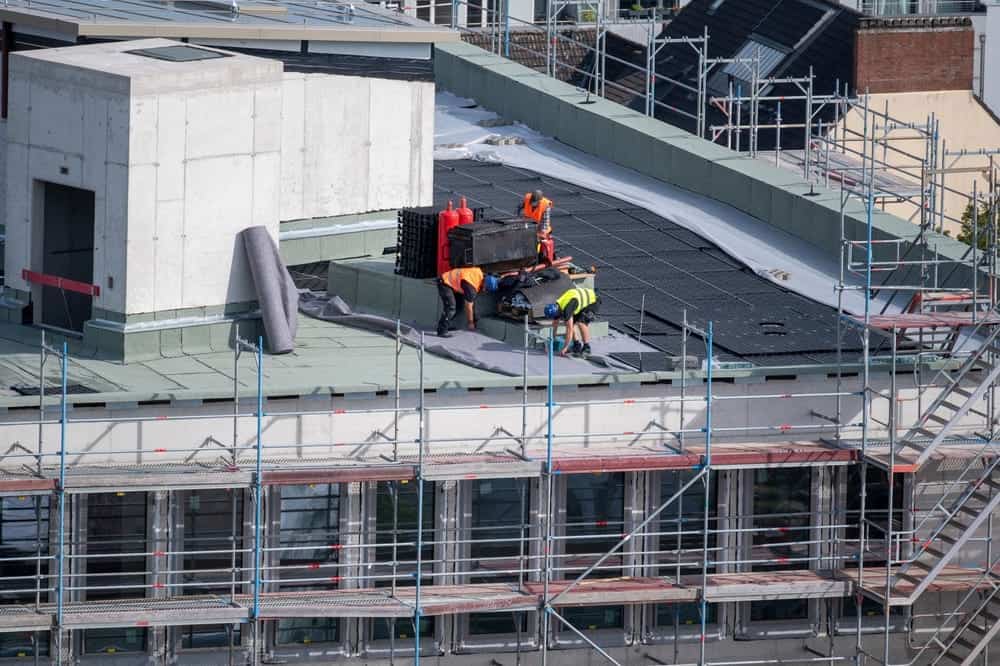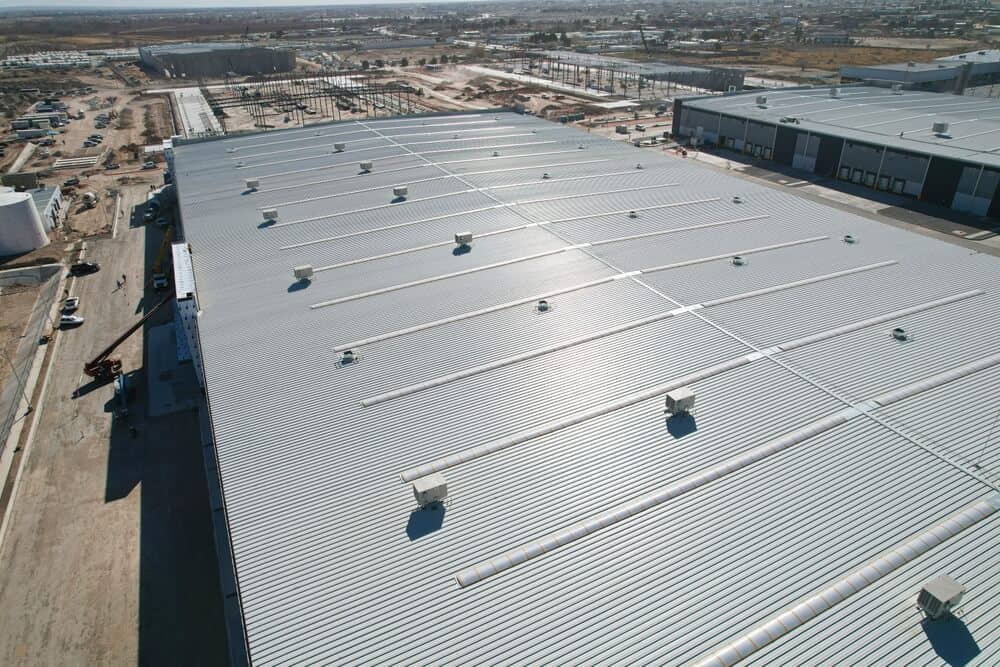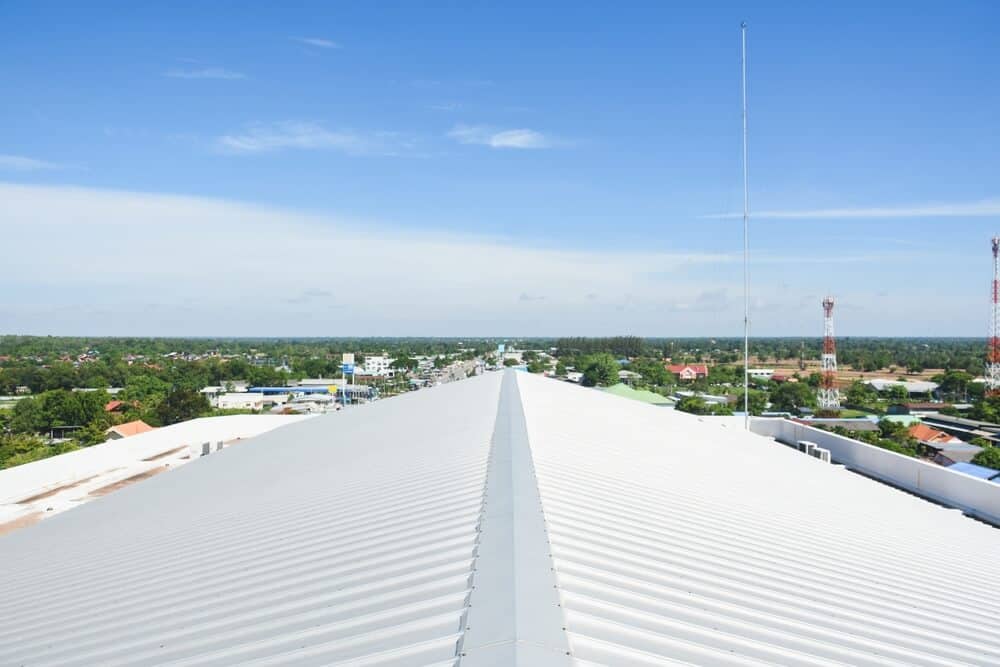More than ever before, there is a wide range of industrial roofing materials to choose from for your warehouse, commercial space, or office building. Here are the basics of commercial roofing systems to help you choose the right roof system for your building.
Contents
Roof Systems for Commercial Buildings
It’s important to work with an experienced roofing contractor that specializes in low-slope roofs (or flat roofs). Here’s some basic information about commercial roofing materials, but an industry expert would help you select the right roofing system for your building use and budget.
Single-ply roofing systems
Single-ply roofing systems describe a broad family of roofing membranes commonly used on flat roofs. Examples of single-ply systems include PVC, TPO, and EPDM roofing. These systems are designed to be flexible, conforming to the shape of the commercial roof. Most of these materials are resistant to chemicals, grease, and oil and provide a reflective surface to improve the building’s energy efficiency.
Benefits of single-ply roofing systems: Lightweight, odorless, watertight seams, reflective
Cost: Single-ply roofing systems are one of the most affordable options.
Built-up roofing systems
BUR, or built-up roofing, consists of alternate layers of roofing felt and asphalt. It is one of the oldest commercial roofing systems, and the multiple layers provide a certain level of insurance against mechanical damage – as opposed to EPDM roofing material and other single-ply membrane systems. However, a BUR system may require more maintenance.
Benefits of BUR roofing: Durable, weather resistant, multiple layers protect against tears and punctures, offers fire resistance
Cost: A BUR commercial roofing system is more expensive than a single-ply system.
Modified bitumen roofing
A modified bitumen system is similar to a BUR system, except the asphalt has synthetic rubberized polymers. This means a modified bitumen roof has increased resistance to brittleness in cold temperatures and increased elasticity compared with a BUR system.
Benefits of MOD BIT roofing: Durable, flexible, weather-resistant
Cost: A MOD BIT commercial roofing system is more expensive than a single-ply system.
Metal roofing
Metal roofing systems are among the fastest-growing segments of the commercial roofing market. Metal roofs are long-lasting and attractive. Modern versions of metal roofing systems on industrial buildings use new hidden fastener systems that help avoid leaks caused by rust.
Benefits of metal roofs: Long-lasting, durable, weather resistant, fire resistant
Cost: Metal roofing systems are more expensive than other types of roofs. However, they are long-lasting and require little maintenance.
Learn More About Commercial Roof System Options and Industrial Roofing Materials From AAA Roofing
AAA Roofing has been providing commercial roofing services for more than 30 years. Building owners turn to us for advice on roof coatings, new roof options, maintenance – as well as advice on the underlying structure.
Schedule a consultation today with AAA Roofing to learn more about the latest commercial roof options – including information about green roofs.
Key Takeaways On Updating Your Roof System
- Single-ply roofing systems include EPDM, TPO and PVC. They are known for being affordable and flexible.
- Modified bitumen and BUR systems are created with multiple layers. They are durable but require maintenance.
- Metal roofing systems are long-lasting and durable, but they are one of the most expensive types of industrial roofs.
- Talk with an expert in the roofing industry to learn which system is best for your commercial property.
